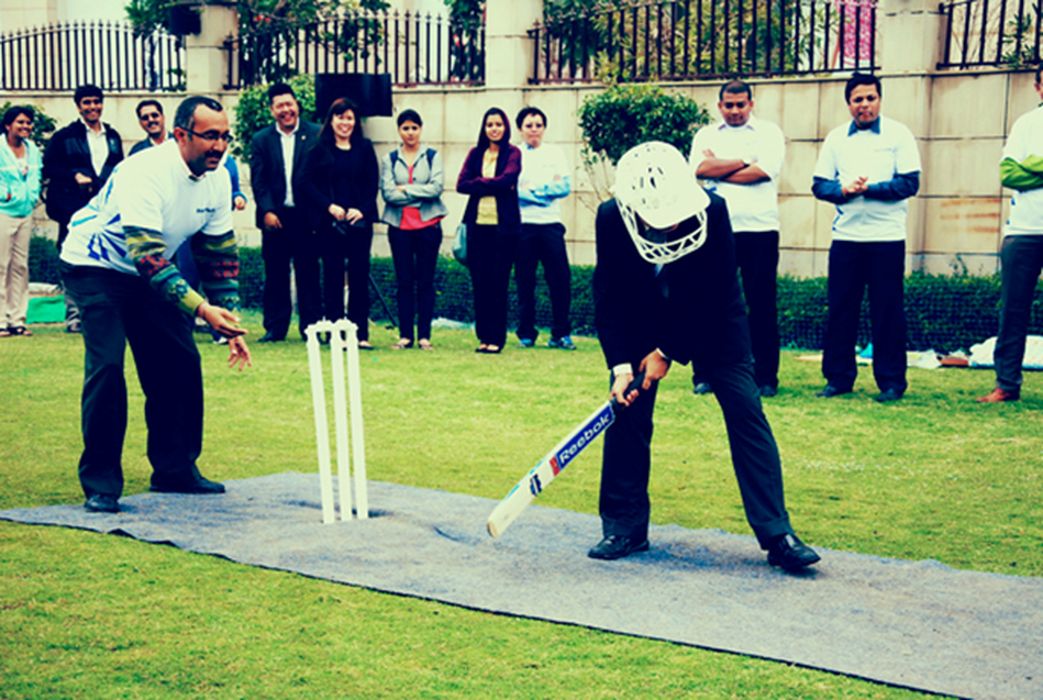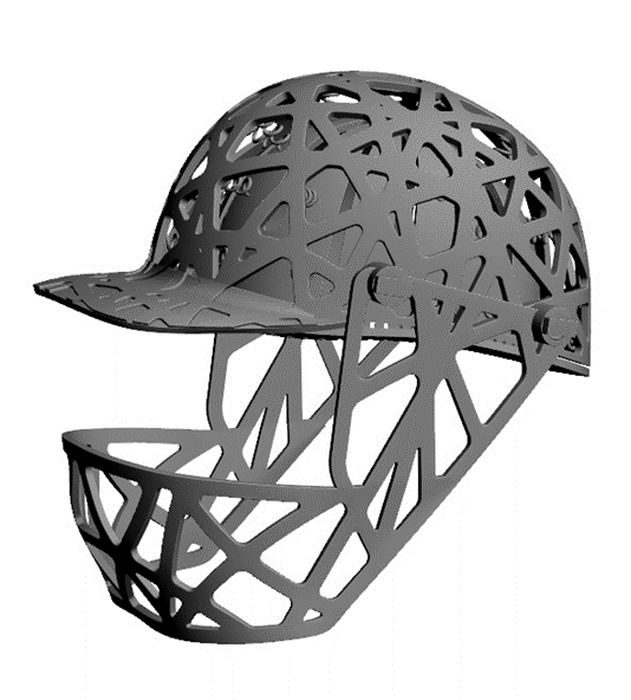
Charles R. Goulding and Preeti Sulibhavi discuss how 3D printing technology can revolutionize cricket equipment by enhancing performance, safety and customization in the sport.
The Cricket World Cup 2024 is set to be a landmark event, held for the first time in New York. This summer, New York will buzz with the enthusiasm of fans from around the globe, converging to witness the World Cup. Beyond the excitement of the matches, this year’s tournament marks a significant technological advancement in the sport—3D printing, which is revolutionizing cricket equipment and changing how the game is played and experienced.
A Historic Event in the Big Apple
New York’s selection as the host for the Cricket World Cup 2024 is both a bold and strategic move, reflecting the sport’s growing global appeal. The region, known for its diversity and vibrancy, is an ideal backdrop for a tournament that brings together fans from various cultural backgrounds. Eisenhower Park has been transformed into a state-of-the-art cricket stadium, with temporary installations ensuring that the tradition of cricket harmonizes with New York’s modernity.
Fans are eager, and tickets have been selling at a record pace. Cricket enthusiasts from traditional powerhouses like India, Australia, and England, as well as emerging cricket nations, will fill the stands. This eclectic mix of spectators will not only celebrate the sport but also witness the integration of cutting-edge technology in cricket equipment.
The Role of 3D Printing in Cricket
The incorporation of 3D printing technology in cricket is an exciting development. It offers significant advantages in terms of customization, cost efficiency, and performance enhancement of cricket equipment. This innovative approach allows for the creation of personalized gear tailored to the specific needs of individual players, potentially enhancing their performance on the field.
Custom Cricket Bats
One of the most critical pieces of cricket equipment is the bat. Traditionally, cricket bats are made from willow wood, which is prized for its durability and performance. However, 3D printing is now offering an alternative approach.
This technology also facilitates the design of bats with varying thicknesses, sweet spot placements, and handle ergonomics, which can be finely tuned to match a player’s style of play. For instance, a power hitter might prefer a bat with a thicker blade and a lower sweet spot, while a more technical player might opt for a lighter bat with a higher sweet spot for better control.
Protective Gear
Safety is paramount in cricket, and 3D printing is making significant strides in enhancing protective gear such as helmets, pads, and gloves. Custom-fitted helmets can now be produced with exact measurements of a player’s head, ensuring a perfect fit and maximum protection. Companies like i.materialise have highlighted the potential of 3D printing in creating helmets that are not only more comfortable but also provide better impact resistance by using advanced materials and structural designs.
Pads and gloves can also be tailored to individual players, offering enhanced protection and comfort. The use of 3D printing allows for the incorporation of intricate padding designs that can absorb shocks more effectively, reducing the risk of injury.
Cricket Balls
While the traditional leather cricket ball is unlikely to be replaced entirely, 3D printing technology is being used to enhance the quality and consistency of practice balls. These balls can be designed with precise seam and weight specifications, allowing players to train with equipment that mimics the behavior of a match ball. This consistency in practice equipment can help players develop their skills more effectively.
i.materialise
Several companies are pioneering the use of 3D printing in cricket equipment. i.materialise is a notable leader, having launched initiatives to explore the fusion of cricket and 3D printing, as mentioned.
i.materialise has developed methods to create cricket bats using advanced 3D printing techniques, which allow for precise customization of the bat’s shape and weight distribution according to a player’s unique preferences.
i.materialise organized the 3D Printed Cricket Challenge, encouraging designers to innovate and create cricket equipment using 3D printing technology. The challenge highlighted the potential for creating high-performance, customized gear that meets the specific needs of players.
The Future of Cricket Equipment
The integration of 3D printing technology in cricket equipment is just the beginning. As the technology continues to evolve, we can expect further advancements in the materials used and the precision of the customization process. Future developments may include smart equipment embedded with sensors that provide real-time feedback on performance, helping players and coaches make data-driven decisions to improve their game.
Moreover, the environmental impact of cricket equipment production could be significantly reduced through 3D printing. By using sustainable materials and minimizing waste through precise manufacturing processes, the ecological footprint of producing cricket gear can be lowered, contributing to a more sustainable future for the sport.

Fans’ Enthusiasm and the Impact on the Game
The excitement surrounding the Cricket World Cup 2024 is palpable. Fans are not only eager to watch their favorite teams compete but also to witness the technological innovations that are reshaping the sport. The use of 3D printed equipment will be a talking point throughout the tournament, with many curious to see how these advancements influence the game.
The introduction of 3D printed cricket equipment also democratizes access to high-quality gear. Young and upcoming players, who may not have the means to afford expensive, custom-made equipment, can benefit from the cost efficiencies of 3D printing. This accessibility can help nurture talent at the grassroots level, promoting the growth of cricket worldwide.
The Research & Development Tax Credit
The now permanent Research and Development (R&D) Tax Credit is available for companies developing new or improved products, processes and/or software.
3D printing can help boost a company’s R&D Tax Credits. Wages for technical employees creating, testing and revising 3D printed prototypes can be included as a percentage of eligible time spent for the R&D Tax Credit. Similarly, when used as a method of improving a process, time spent integrating 3D printing hardware and software counts as an eligible activity. Lastly, when used for modeling and preproduction, the costs of filaments consumed during the development process may also be recovered.
Whether it is used for creating and testing prototypes or for final production, 3D printing is a great indicator that R&D Credit eligible activities are taking place. Companies implementing this technology at any point should consider taking advantage of R&D Tax Credits.
Conclusion
The Cricket World Cup 2024 in New York is set to be a historic event, not just for the thrilling matches but also for the groundbreaking use of 3D printing technology in cricket equipment. This fusion of tradition and innovation reflects the evolving nature of the sport and its ability to embrace new technologies to enhance performance and safety. As fans gather to celebrate cricket, they will also be witnessing a technological revolution that promises to shape the future of the game for years to come.
